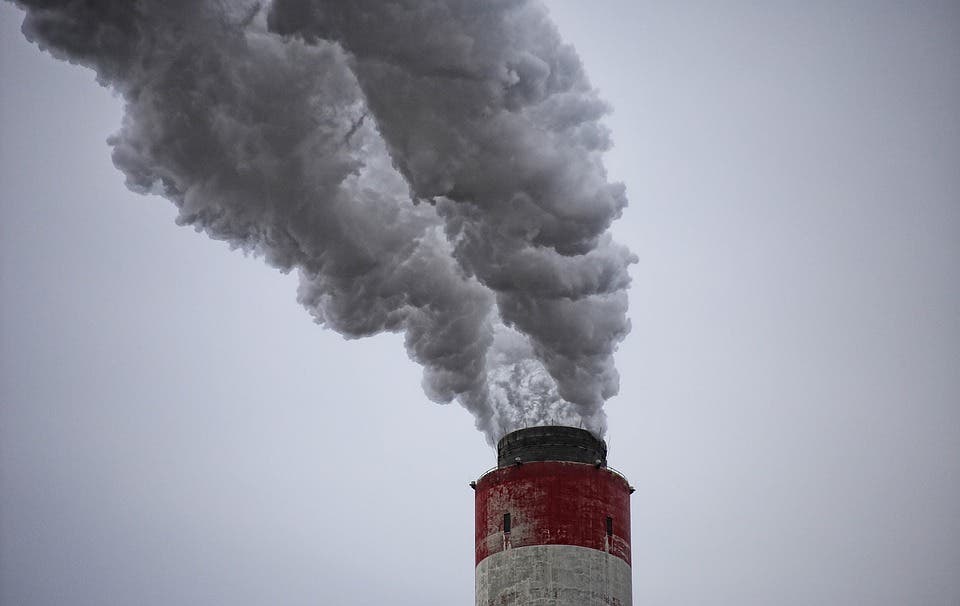Cleaning up pollution won’t make climate change worse, according to new research.

A new study from the University of Reading comes to put to rest the concerns that reducing air pollution could amplify climate heating. This concern stems from the fact that pollution particles help clouds form water droplets (which makes the clouds thicker) so they reflect more incoming sunlight and drive temperatures down. While this mechanism is definitely valid, the team reports, pollution also causes several types of clouds to grow thinner, allowing more sunlight to pass through.
All in all, the authors conclude, pollution is unlikely to offset more than half the warming caused by greenhouse gases.
Clean temperatures
“Until now, it was assumed that thicker clouds form when water droplets condense around the particles in polluted air, delaying rainfall, and allowing clouds to reflect more sunlight back into space,” says Velle Toll, lead author of the study. “To test this, we studied satellite data from clouds near sources of pollution.”
The extent to which air pollution helps cool the Earth down wasn’t reliably known up to now. If this cooling is strong, then removing it would amplify climate heating; however, if its cooling effect is negligible, then clearing pollutants out of the air would be a net win for humanity at large.
The present study comes to address this lack in our understanding. The authors showed that air pollution affects different clouds in different ways, causing some to grow thicker while thinning others out. The findings suggest that current plans to curb global warming by moving to cleaner sources of energy may still work without leading to an unexpected extra source of heating.
“There was little change in average water content across all the polluted clouds we found, showing that pollution makes little difference overall to many types of clouds. Some clouds got thicker, but other areas thinned out,” Toll explains.
“This reduces a big area of uncertainty for future forecasts of the climate. Our study provides more evidence that cutting emissions of greenhouse gases and air pollution is a win-win situation for the health of people’s lungs and for preventing the worst impacts of climate change.”
For the study, the team looked at near-infrared satellite images of clouds formed across the world over areas with significant air pollution levels. Clouds that are affected by said pollution look ‘brighter’ in these images, which allowed the team to pinpoint them exactly.
Hundreds of such clouds, produced by tiny pollution particles from sources such as volcanoes, cities, ships, factories, and wildfires were included in the analysis. The researchers then compared the changes caused by pollution in these clouds to ones simulated by climate models, to see how reliable our predictions of future climates are.
All in all, they report, air pollution could offset just half of the warming caused by greenhouse gases at best. In other words, we’d get at least two times as much cooling if we scrubbed the atmosphere of both pollution and greenhouse gases — not to mention massive benefits to our health, as virtually every person on Earth is exposed to ‘unsafe’ levels of air pollution.
“Our study provides assurances that polluted air has a limited ability to prevent the atmosphere from heating up, in addition to being bad for people’s health,” says Dr. Nicolas Bellouin, study co-author and a Working Group I lead author in the IPCC’s 6th Assessment Report.
“There is now one less excuse for us not to cut emissions of both air pollution and greenhouse gases, or we will continue to see temperature rises that put people and the natural world in danger. In any case, a small temperature rise resulting from cutting pollution is a price very much worth paying to prevent greater, long-term harm caused by greenhouse gases.”
The paper “Weak average liquid-cloud-water response to anthropogenic aerosols” has been published in the journal Nature.






